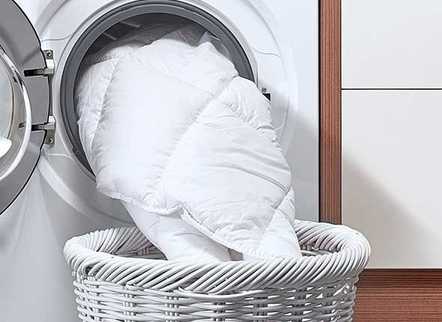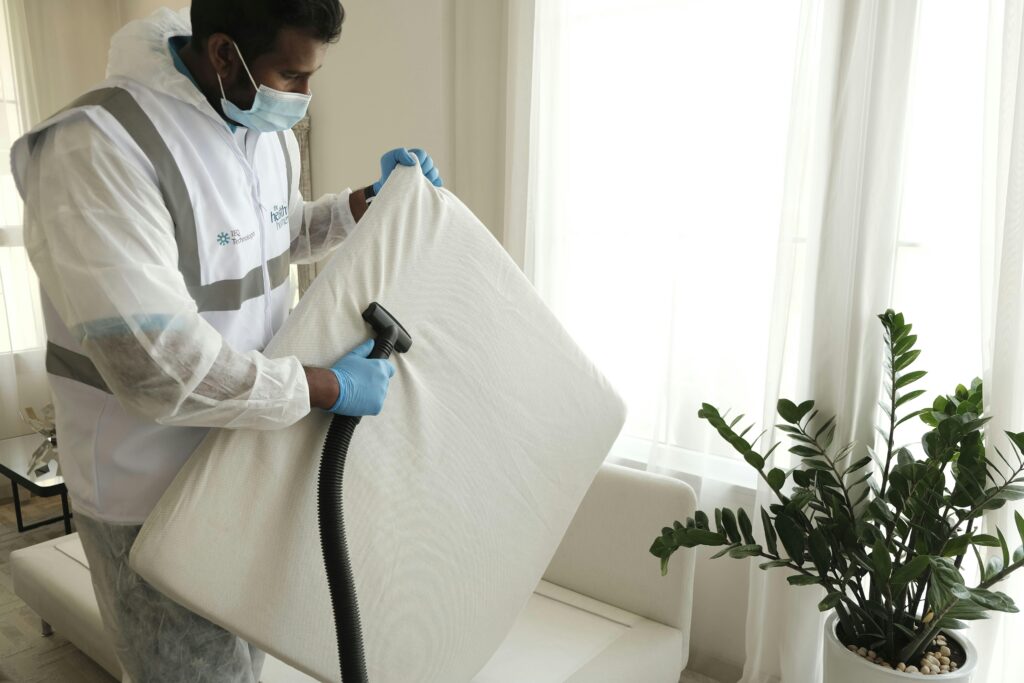With so much going on at home, it’s easy to overlook pests until they cause real harm. A single bite, allergic reaction, or illness can make them an urgent concern. Bedroom pests such as dust mites, bed bugs, spiders, ants, and mosquitoes can disrupt sleep, pose health risks, and even damage property (in the case of bedbug infestation). Managing these pests effectively requires both prevention and treatment. Prevention reduces the chances of infestation, while treatment targets and eliminates existing problems. This guide explores how to identify, prevent, and treat common bedroom pests using practical, proven strategies.
Identifying Common Bedroom Pests
Below are some of the most common bedroom pests and what attracts them:
- Dust Mites: Microscopic pests that feed on dead skin cells and thrive in warm, humid environments like beddings, pillows, mattresses, and upholstered furniture. Poor ventilation and infrequent washing of bed linens create the perfect environment for them to thrive.
- Bed Bugs: Small, reddish-brown insects that feed on human blood, often hiding in mattress seams, box springs, bed frames, and behind wall hangings. They’re typically attracted by body heat, carbon dioxide, and the scent of human skin.
- Spiders: While not usually harmful, spiders are drawn to other insects, which serve as their food source. They tend to hide in dark, undisturbed corners, under furniture, or in closets.
- Ants: Often drawn to sugary snacks or food crumbs left behind, ants may enter bedrooms looking for sustenance. Poor cleaning habits or eating in bed can attract them.
- Mosquitoes: These pests are attracted to body heat, carbon dioxide from breath, and even sweat or skin odor. Stagnant water near windows or inside flower vases can also encourage breeding.
- Cockroaches: Attracted to warmth, moisture, and food particles, especially greasy residues. They may hide in cracks, behind furniture, or in cluttered areas. Even a few crumbs under the bed can be enough to attract them.
- Silverfish: These small, silvery pests are drawn to starchy materials and moisture. They feed on items like paper, books, wallpaper glue, and fabrics, and prefer damp, dark spaces like under floorboards or behind baseboards.
- Fleas: Usually brought in by pets, fleas can hide in bedding, carpets, and furniture. They feed on blood and can survive for long periods in soft furnishings, even without a host nearby.
- Clothes Moths: Attracted to natural fibers like wool, silk, and cotton, they lay eggs on clothing or linens, and their larvae do the damage. Dirty or stored clothing is particularly vulnerable.

How to Spot Bedroom Pests Early
The sooner you spot signs of pests in the bedroom, the easier it is to tackle the problem before it escalates. So here are some key things you’ll want to look out for:
- First, pay attention to your skin. If you wake up with itchy red bites or rashes, pests like bed bugs or mosquitoes could be the cause. And if you’re dealing with unexplained eczema or skin irritation, dust mites might be to blame.
- Next, watch for allergy-like symptoms. If you find yourself sneezing, coughing, or experiencing watery eyes or worsened asthma while in bed, that could be a sign that dust mites or their droppings are building up in your bedding or carpet.
- Also, keep an eye out for the pests themselves. You might see ants, spiders, or mosquitoes moving around, especially near lights or windows. Tiny bed bugs or their eggs might be hiding along mattress seams or tucked into furniture joints, so it’s worth inspecting those areas closely.
- Check for droppings or stains, too. Small, dark specks on your sheets might be bed bug feces, while ants and spiders can leave tiny waste trails in corners or other hidden spaces.
- Unusual smells can also be a clue. A musty, sweet odor could mean a bed bug problem, while a damp, moldy smell might indicate excess moisture, which attracts both dust mites and mosquitoes.
- Then there are webs and nests, a sure sign of spiders if you see webs in corners, under furniture, or near ceilings. Ants might be nesting inside wall cracks, behind baseboards, or around cluttered areas.
- Lastly, don’t ignore small blood stains or shed skins on your bedding. These are usually a sign of bed bugs, but they should still be taken seriously, regardless of the pest you’re dealing with.
How to Prevent Bedroom Pests
Starts with a few consistent habits and minor adjustments. These proactive steps can help create an environment that’s clean, dry, and unwelcoming to bedroom pests:

- Clean Regularly: Vacuum carpets, rugs, and furniture frequently. Be sure to dust shelves, windowsills, and behind furniture where pests may hide.
- Wash Bedding: Launder sheets, pillowcases, and blankets in hot water at least once a week to eliminate dust mites and other allergens.
- Declutter: Remove unnecessary papers, boxes, and clutter that can serve as hiding spots for pests like spiders and cockroaches.
- Proper Storage: Use containers with tight-fitting lids and keep stored items off the floor to reduce nesting opportunities for pests.
- Avoid Eating in the Bedroom: Keep food confined to the kitchen or dining area. Crumbs and spills can attract ants, cockroaches, and even rodents.
- Seal Entry Points: Inspect walls, windows, and doors for cracks, and seal them using caulk or weatherstripping to block pest access.
- Maintain Screens and Plumbing: Repair any torn window screens and fix leaky pipes or faucets to reduce moisture and entryways for pests.
- Control Humidity: Use dehumidifiers and ensure good air circulation, as many pests thrive in damp environments.
- Hypoallergenic Covers: opt for tightly woven or bamboo mattress and pillow covers to help block dust mites and reduce allergens.
- Metal Bed Frames: Choose metal frames, which offer fewer hiding places and are more difficult for bed bugs to climb.
- Natural Repellents: Use cedar blocks, lavender sachets, or essential oils like peppermint, tea tree, and citronella to naturally deter pests without harsh chemicals.
Treatment and Elimination Methods of Bedroom Pests
1. Bed Bug Infestations: To tackle bed bug infestations effectively, consider a multi-step approach. Start with heat treatment by using a steam cleaner on infested areas. Follow up with a mattress encasement to trap any remaining bugs and prevent re-infestation. If the problem persists, it’s best to seek professional help from a licensed pest control service.
2. Reducing Dust Mites: To reduce dust mites in your bedroom, start by lowering humidity. Use a dehumidifier to keep moisture levels below 50%, as mites thrive in damp environments. Incorporate HEPA filters in your air purifiers to capture dust and airborne allergens effectively. For smaller washable fabrics or delicate items, you can also freeze them for a few hours to kill any dust mites present.
3. Killing and Repelling Mosquitoes: To effectively keep mosquitoes at bay, start by creating barriers, installing window screens, and using mosquito nets to prevent them from entering your space. Consider using repellent devices like Thermacell, mosquito coils, which create protective zones that deter mosquitoes without harsh chemicals. Finally, be sure to eliminate water sources around your home, as standing water provides ideal breeding grounds for mosquitoes.
4. Managing Ants and Spiders: Start by sealing entry points to keep ants and spiders from getting inside your home. Then, use natural deterrents to make your space less inviting. Vinegar or lemon juice can disrupt ant scent trails, while diatomaceous earth, a non-toxic powder, dehydrates and kills crawling pests. For added protection, try placing cinnamon, citrus peels, or cedarwood near windows, doorways, and other entry points.

Conclusion
Keeping your bedroom pest-free starts with early detection and consistent prevention. Staying clean and vigilant through regular maintenance is your strongest line of defense.





